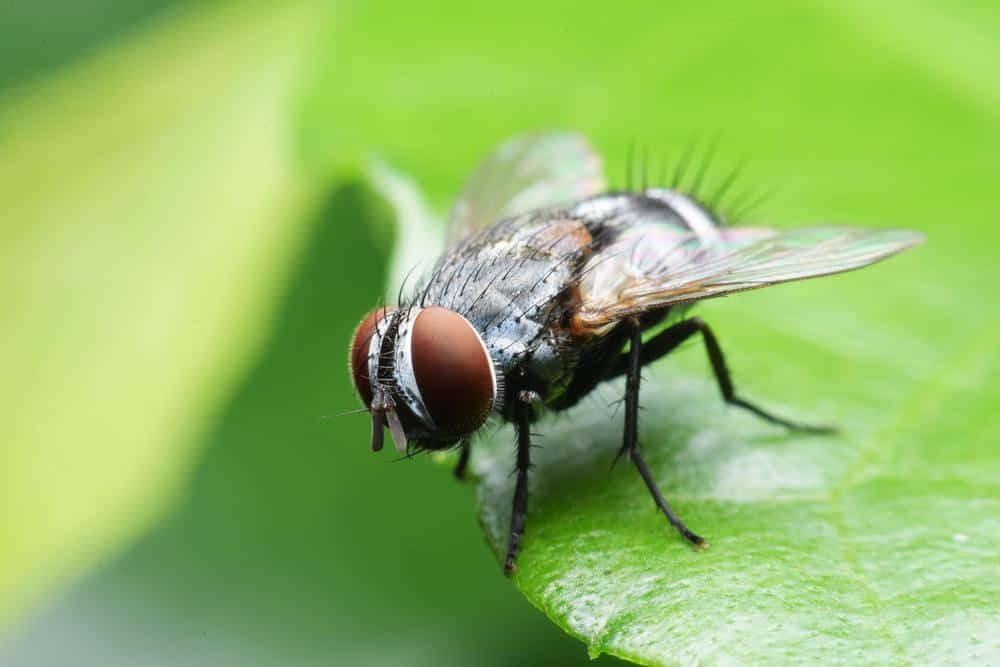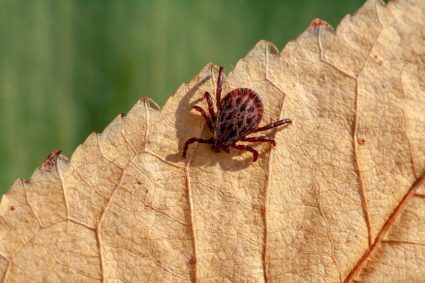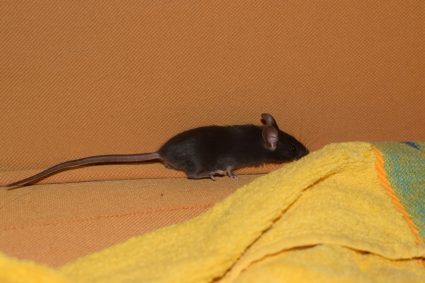
Flies in the kitchen are a common nuisance that can cause frustration and potential health risks due to their ability to spread diseases. But fret not! There are several effective methods to catch these pesky intruders. In this comprehensive guide, we’ll explore everything you need to know about preventing, catching, and managing flies in your kitchen.
Catching flies in the kitchen can be done using various methods. One effective method is to create a vinegar and dish soap trap by mixing a small amount of apple cider vinegar with dish soap in a shallow bowl. The vinegar attracts the flies, and the soap causes them to drown. Other methods include a wine or beer trap, a paper cone and jar trap, and using lemons with cloves. Always take precautions when handling fly traps or caught flies to prevent contamination.
Understanding the Enemy: Common Types of Kitchen Flies
Before you start your battle against these winged invaders, it’s essential to identify what you’re up against. Here are the most common types of flies found in kitchen settings:
- House Flies: These are gray to black in color and are attracted to decaying organic filth. They can spread diseases like salmonellosis when they contaminate kitchen surfaces.
- Fruit Flies: These small flies are attracted to overripe or rotten produce and can be found hovering over fruits and vegetables.
- Drain Flies: Also known as moth flies, they live anywhere water accumulates and stagnates, such as kitchen and bathroom sinks.
- Phorid Flies: These small flies can infest kitchens, food storage, service, and eating areas. They can carry disease-causing germs from garbage and animal manure to food and food preparation surfaces.
- Fungus Gnats: These tiny flies are attracted to damp soil and decaying organic matter. They can be found around potted plants and overripe fruits in the kitchen.
What Attracts Flies into the Kitchen?
Flies are attracted to kitchens due to the presence of food, moisture, and organic waste. House flies are drawn to decaying organic filth like feces and rotting meat, while fruit flies seek sugary substances like overripe fruit, spilled soda, and alcohol. To prevent flies from entering your kitchen:
- Dispose of food waste correctly in a bin with a lid.
- Keep outside bins secure with sealed lids and away from windows and doors.
- Clean up food and water spills as soon as they occur.
- Keep food covered to prevent flies from landing and feeding on it.
- Keep windows and doors closed or install fly screens to keep flies out.
Effective Methods for Catching Flies in the Kitchen
There are several effective methods for catching flies in your kitchen. These include:
- Vinegar and Dish Soap Trap: Mix a small amount of apple cider vinegar with dish soap in a shallow bowl. The vinegar attracts the flies, and the soap causes them to drown.
- Wine or Beer Trap: Pour leftover wine or beer into a container and add a drop of dish soap. The fermentation attracts flies, and the soap causes them to drown.
- Paper Cone and Jar Trap: Place a piece of ripe fruit or a mixture of apple cider vinegar and dish soap in a jar. Roll a piece of paper into a cone and insert it into the jar. Flies will enter the jar through the cone but will be unable to escape.
- Lemon and Cloves: Cut a lemon in half and poke 6 to 12 cloves into the surface. Set these lemon halves around your home on a plate. The scent of cloves repels flies.
Precautions When Handling Fly Traps
When handling fly traps or caught flies, it is essential to take precautions to prevent infection or contamination. Always wear protective gloves and wash your hands thoroughly after handling fly traps or caught flies. Dispose of trapped flies properly and clean the area around the trap.
Long-term Solutions to Prevent Future Fly Infestations
To maintain a long-term solution to prevent future fly infestations in the kitchen, keep the kitchen clean and free of old produce and trash. Store food properly and eliminate moisture. Seal openings and use fly traps. Regularly empty and scrub trash cans and use bins with tight-fitting lids.
By following these guidelines, you can effectively manage and prevent fly infestations in your kitchen, ensuring a clean, hygienic, and fly-free environment.
Frequently Asked Questions
What other natural repellents can I use to deter flies from my kitchen?
Other than lemon and cloves, you can also use essential oils like Lavender, Eucalyptus, Peppermint, and Lemongrass. These oils can be mixed with water and sprayed around the kitchen. Flies dislike the smell and will avoid areas sprayed with these oils.
Are there commercial fly traps available in the market?
Yes, there are many commercial fly traps available in the market. These include sticky fly paper, electric fly swatters, and ultraviolet light traps. However, these should be used as a last resort as they can be harmful to other beneficial insects and pets.
What are some signs of a severe fly infestation?
A few signs of a severe fly infestation include seeing a large number of flies in your home, finding maggots (which are fly larvae), and noticing an unusual amount of fly feces (looks like small dark spots) in your home.
How can I prevent flies from breeding in my kitchen?
To prevent flies from breeding, keep your kitchen clean, especially around the garbage can and sink. Dispose of food waste properly, clean up spills immediately, and ensure there is no standing water as it can serve as a breeding ground for flies.
Can I use insecticides to get rid of flies?
While insecticides can kill flies, they should be used cautiously as they contain chemicals that could be harmful to humans and pets. It’s better to prevent flies by maintaining cleanliness and using natural remedies whenever possible.












